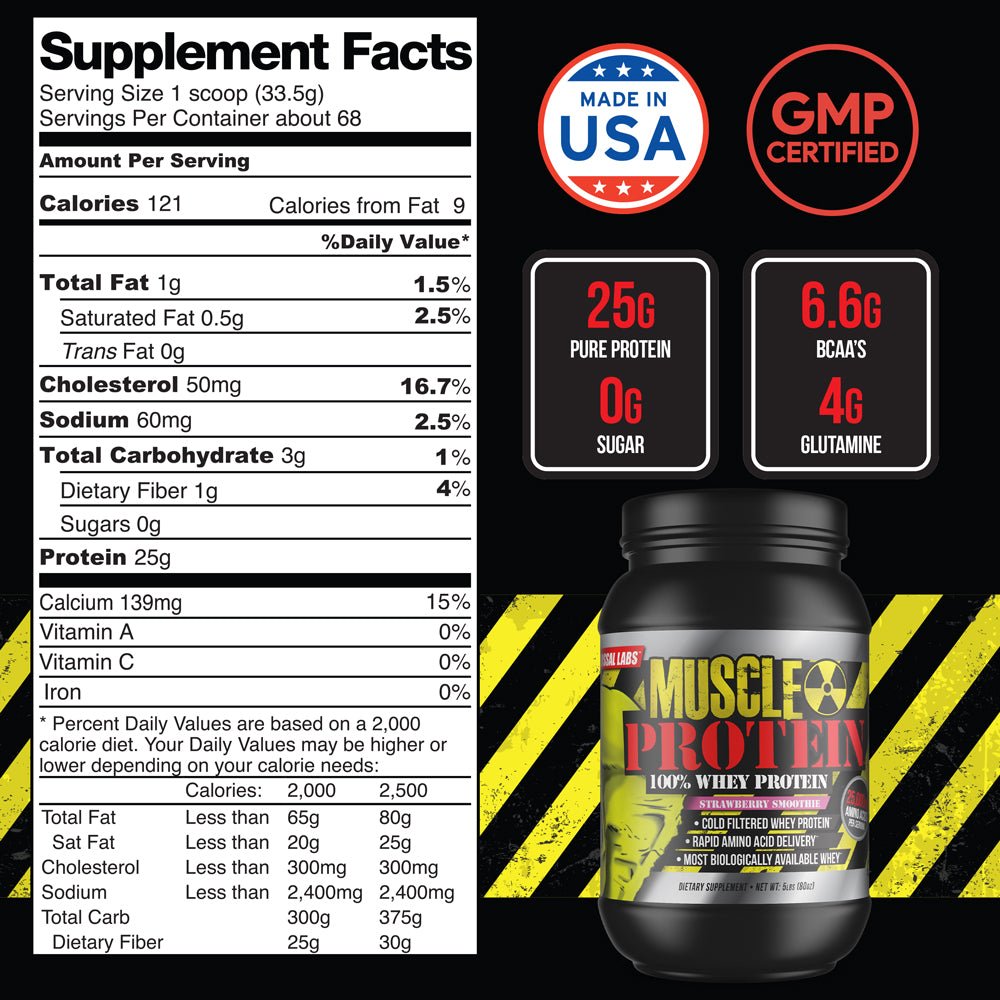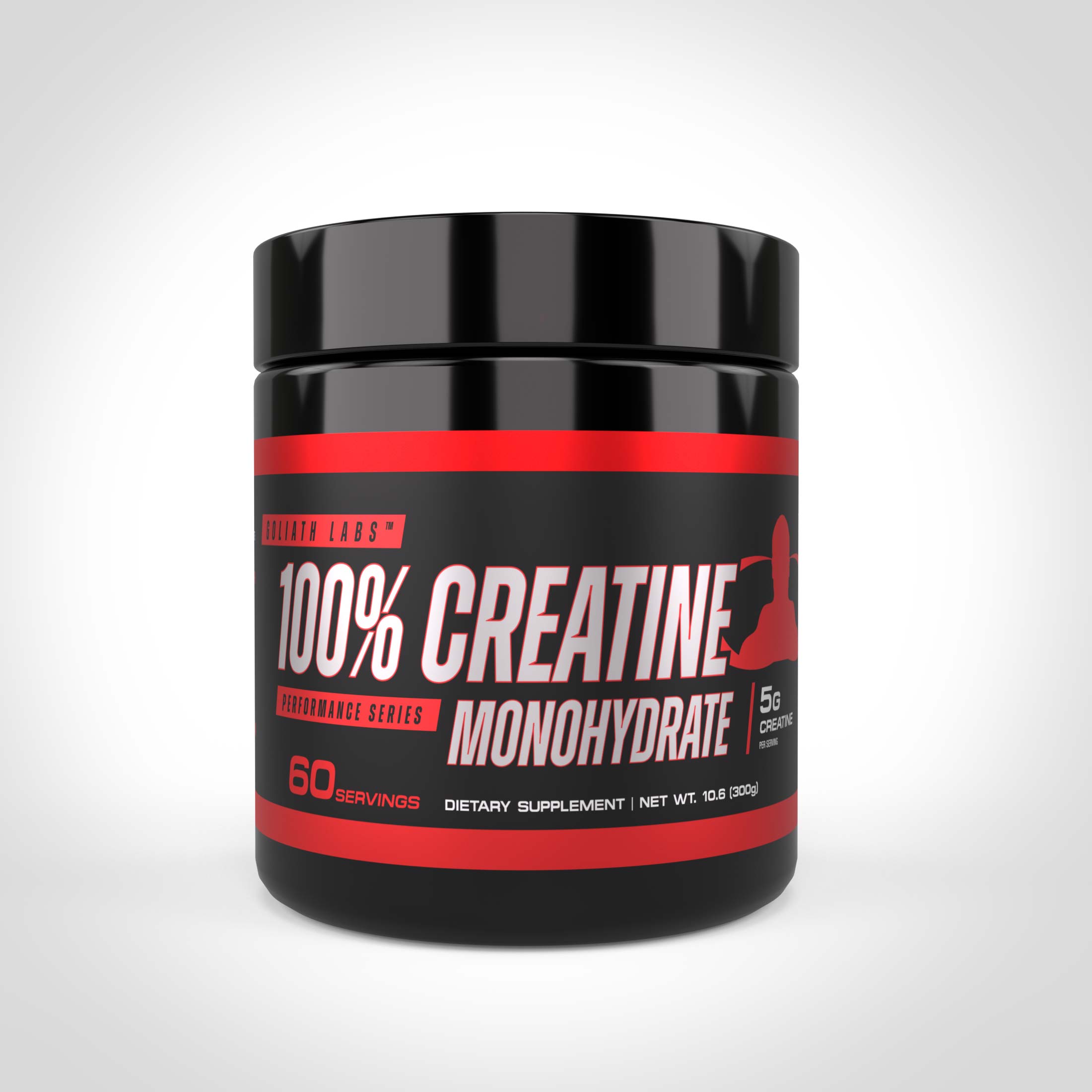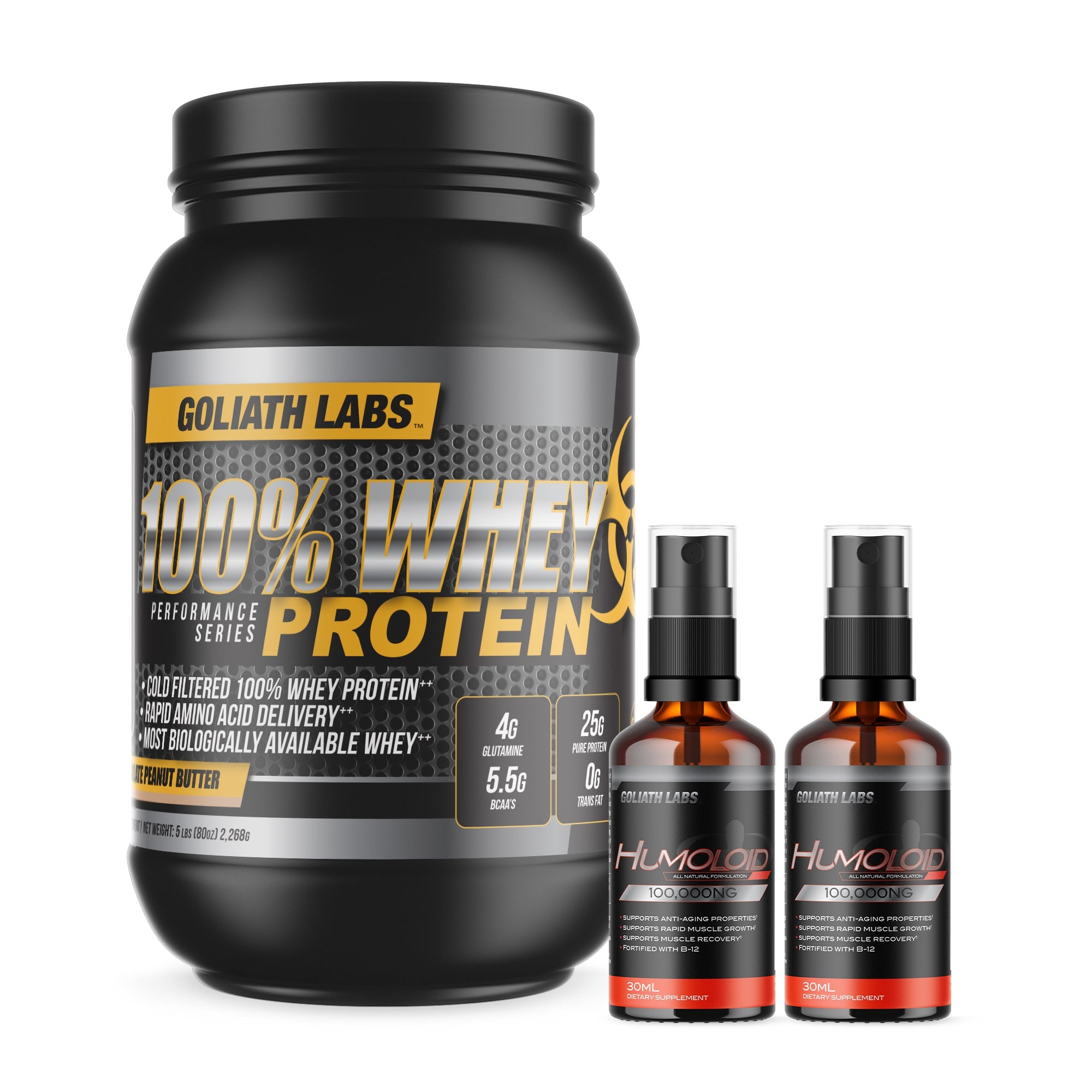Yes, all whey protein naturally contains BCAAs. Leucine, Isoleucine, and Valine are crucial for muscle growth and recovery. Most quality whey powders provide 5–7g of BCAAs per serving. No need to add extra unless you're training fasted or on a low-protein diet.
You’re Probably Already Taking BCAAs, Here’s Why
Branched-chain amino acids (BCAAs), leucine, isoleucine, and valine, are essential amino acids that play a direct role in muscle protein synthesis and recovery.
They are naturally present in all complete proteins, including whey.
In fact, high-quality whey protein typically delivers 5.5 to 6.6 grams of BCAAs per 25-gram serving of protein, though this is not always explicitly labeled. That’s because BCAAs are a structural component of the total protein content, not an added ingredient.
When a label lists “25g protein” and “5.5g BCAAs,” the BCAAs are part of, not in addition to, the protein total. This leads to confusion, especially for consumers comparing brands or evaluating whether additional BCAA supplementation is necessary.
The idea of a “BCAA-free” whey protein is scientifically inaccurate.
If it’s truly whey, it contains BCAAs. Any product that claims otherwise is misrepresenting either the source or the composition of its protein content.
Why Leucine Is the Star of the Show
Among the three branched-chain amino acids, leucine holds a unique position in regulating muscle growth. All BCAAs contribute to recovery and energy, but leucine acts as a direct trigger for anabolic activity within muscle tissue.
Its role goes beyond support, it initiates the process that builds and repairs lean mass.
The Anabolic Switch
Leucine activates the mTOR pathway, a central regulator of muscle protein synthesis (MPS).
Without enough leucine, even a high-protein diet may fall short in maximizing muscle growth. This signaling effect is dose-dependent; research suggests that approximately 2.5 grams of leucine is needed post-workout to fully stimulate MPS.
That’s why the leucine content of a protein supplement matters more than the total BCAA count. While isoleucine and valine contribute to muscle maintenance, they do not initiate synthesis directly. Leucine is the switch, everything else follows.
The Three Different BCAAs
Isoleucine and valine serve distinct, performance-oriented functions.
Isoleucine enhances glucose uptake and supports muscular endurance, particularly during extended training. Valine contributes to central nervous system function and helps reduce fatigue by modulating serotonin uptake in the brain.
While these two amino acids don’t trigger growth, they improve training capacity and recovery.
Importantly, BCAAs do not work in isolation. Their benefits depend on the presence of all nine essential amino acids (EAAs).
A full-spectrum protein like whey provides this balance, allowing BCAAs to perform optimally within the broader amino acid matrix. Taking isolated BCAAs without sufficient EAAs limits their utility and may disrupt metabolic balance.
Whey protein ensures proper synergy, delivering leucine in effective doses alongside the complete amino acid profile required for efficient muscle repair and performance.
What’s Inside Your Whey Scoop: Breaking Down the BCAA Content
Image source - Cell Press
Whey protein, regardless of form, contains BCAAs as part of its complete amino acid structure.
The three primary types of whey, concentrate, isolate, and hydrolysate, differ in protein purity and processing, which can slightly impact the total BCAA yield.
Whey concentrate typically provides 70–80% protein by weight, delivering approximately 5.5 grams of BCAAs per 25 grams of protein.
Whey isolate is more refined, containing over 90% protein, and yields closer to 6.0–6.4 grams of BCAAs per equivalent serving.
Hydrolyzed whey, or hydrolysate, is pre-digested for faster absorption and maintains a similar BCAA profile, up to 6.6 grams per 25-gram dose in high-quality formulations like Goliath Labs’ 100% Whey Protein.
Processing quality matters. Cold filtration and undenatured protein handling help preserve the natural structure and bioactivity of BCAAs, ensuring they remain functional and absorbable.
Excessive heat or chemical processing can degrade sensitive amino acid bonds, reducing efficacy.
As for labeling, some brands highlight BCAA content to signal value; others omit it entirely. The inconsistency isn’t regulatory, it’s strategic. Brands that use inferior whey or spike formulas may downplay amino transparency.
Goliath Labs discloses its full amino acid profile, including 6.6g of BCAAs per serving, to ensure informed, confident use.
BCAAs vs. Protein Powder: Do You Really Need to Double Down?
Whey protein already provides all essential amino acids, including a robust dose of BCAAs.
For most individuals consuming an adequate amount of protein, roughly 1.6 to 2.2 grams per kilogram of body weight, additional BCAA supplementation offers little added benefit.
Yet, BCAA powders remain popular, often marketed as a must-have for muscle growth. .
Do You Need a Separate BCAA Supplement?
Supplementing with standalone BCAAs may be useful under specific conditions.
During fasted training, when no dietary amino acids are present, a BCAA dose may help reduce muscle breakdown. Individuals on aggressive calorie cuts or vegan diets, where protein quality or intake may be lower, could also benefit.
However, in most cases, especially when whey protein or whole food sources are part of your routine, standalone BCAA powders are redundant.
Whey already delivers leucine, isoleucine, and valine in the ratios required for performance and recovery. Adding more is unlikely to improve results and may even displace other beneficial nutrients.
What Happens If You Overdo BCAAs?
Excessive BCAA intake has potential drawbacks. Emerging research suggests that high levels of BCAAs may interfere with tryptophan transport, reducing serotonin production in the brain.
This mechanism has been linked to altered appetite signals and, in some cases, mood disturbances.
While this doesn’t affect moderate users, it raises concerns for those layering BCAAs across multiple products, pre-workouts, post-workouts, and intra formulas.
Whole protein offers a balanced amino acid profile that supports not just muscle repair, but neurological and hormonal stability.
How to Spot Spiked or Deceptive Protein Formulas
Protein “spiking” refers to the practice of adding cheap free-form amino acids, often glycine, taurine, or even isolated BCAAs, to inflate the nitrogen content of a product.
Since protein content is typically measured by nitrogen levels, this manipulation can make a supplement appear more protein-rich than it actually is.
The result is misleading: the product may claim 25 grams of protein per serving while delivering far less complete protein than expected.
Naturally occurring BCAAs are present as part of the intact protein structure in whey.
In contrast, synthetic BCAAs added post-processing are not integrated into the full amino acid matrix and may not provide the same functional benefits. Worse, they can displace more valuable essential amino acids if used to artificially meet label claims.
To avoid these tactics, examine labels carefully.
Look for full amino acid profiles and ingredient transparency. Avoid products that use proprietary blends to obscure exact dosages. If a label highlights 5g of BCAAs, ask whether they’re derived directly from the whey, or added separately.
Collagen, Plant Proteins & Other Low-BCAA Powders
Not all protein powders deliver the amino acid profile required for muscle recovery.
Collagen, for example, contains very little leucine and almost no complete branched-chain amino acid structure. It’s composed primarily of glycine, proline, and hydroxyproline, amino acids valuable for joint, skin, and connective tissue health, but insufficient for triggering muscle protein synthesis.
Plant-based proteins vary widely.
Some, like pea or rice protein, offer moderate BCAA content but often lack one or more essential amino acids. Without careful formulation or blending, they fall short of the anabolic potential found in whey.
Collagen is not a suitable substitute for whey if your goal is muscle recovery or growth. Its low leucine content makes it ineffective at activating the mTOR pathway, a critical trigger for building lean tissue.
For individuals seeking joint support or skin elasticity, collagen has utility. But for athletes, older adults combating muscle loss, or anyone looking to maximize strength adaptation, collagen alone is inadequate.
When Whey (and Its BCAAs) Make the Most Impact
The effectiveness of whey protein, and its BCAAs, depends not only on quantity, but on timing.
Strategic intake enhances muscle recovery, improves energy availability, and supports overall performance across different populations and training styles.
Timing Matters More Than You Think
Whey protein is rapidly absorbed, making it ideal both before and after physical activity.
Pre-workout, BCAAs from whey supply readily available fuel for muscular endurance and help mitigate catabolism during training.
Post-workout, they accelerate muscle protein synthesis, reduce tissue breakdown, and promote faster recovery.
Beyond training windows, BCAAs also play a key role in halting overnight muscle loss and maintaining lean mass in calorie deficits.
We recommend using whey protein in the morning, after training, and before bed. This approach provides consistent amino acid availability to support daily physical stress, recovery, and long-term adaptation.
BCAAs Help More Than Just Muscles
While best known for supporting lean muscle growth, BCAAs, particularly when consumed as part of a complete protein like whey, offer broader systemic benefits.
They support mitochondrial energy metabolism, modulate immune cell function, and promote metabolic efficiency under stress.
For everyday athletes managing busy schedules, demanding jobs, or inconsistent meal patterns, whey serves as a practical nutritional anchor. Its fast absorption, complete amino acid profile, and versatility make it valuable not only for performance but also for long-term wellness.
Daily use may improve skin elasticity, preserve strength during aging, and reduce fatigue after physical labor. Goliath Labs’ cold-processed whey delivers these benefits in a format that’s easy to integrate across all lifestyles, not just for lifters, but for real people with real recovery needs.
BCAAs in Whey Matter, But Only If the Whey Is Worth It
Every scoop of real whey protein contains BCAAs. That’s not a marketing bonus, it’s basic biology.
Leucine, isoleucine, and valine are part of the complete amino acid profile that makes whey such a powerful tool for muscle growth, energy metabolism, and recovery.
But here’s where most supplement buyers go wrong: focusing on numbers instead of quality. The grams of BCAAs mean little if the whey is denatured, spiked with synthetics, or stripped of its full nutritional integrity. What matters most is how the protein is sourced, processed, and verified.
At Goliath Labs, we don’t cut corners. Our cold-processed products are manufactured to provide you with a healthy source of high-quality nutrients that support muscle growth. Find your perfect supplement at our online store today.



